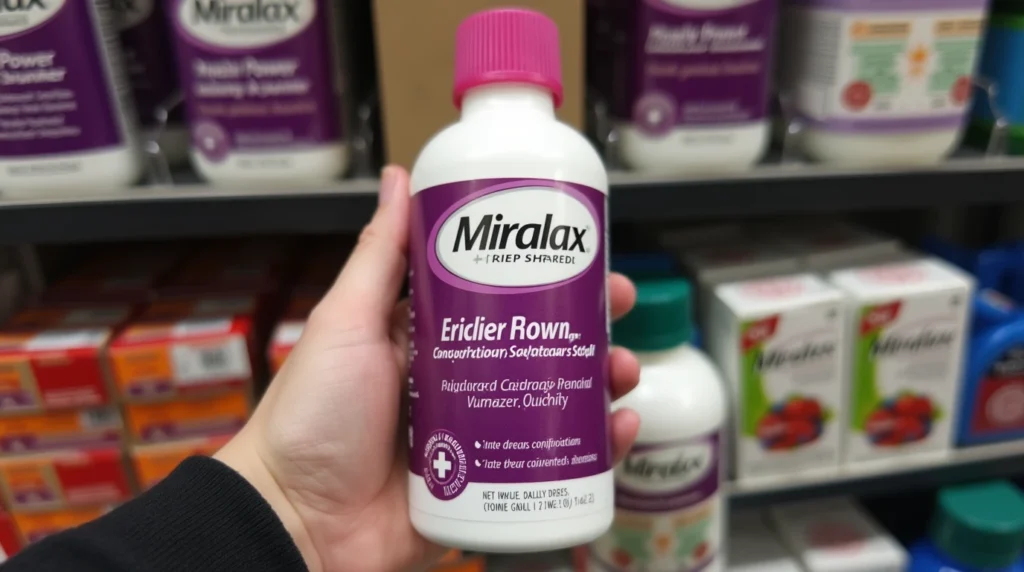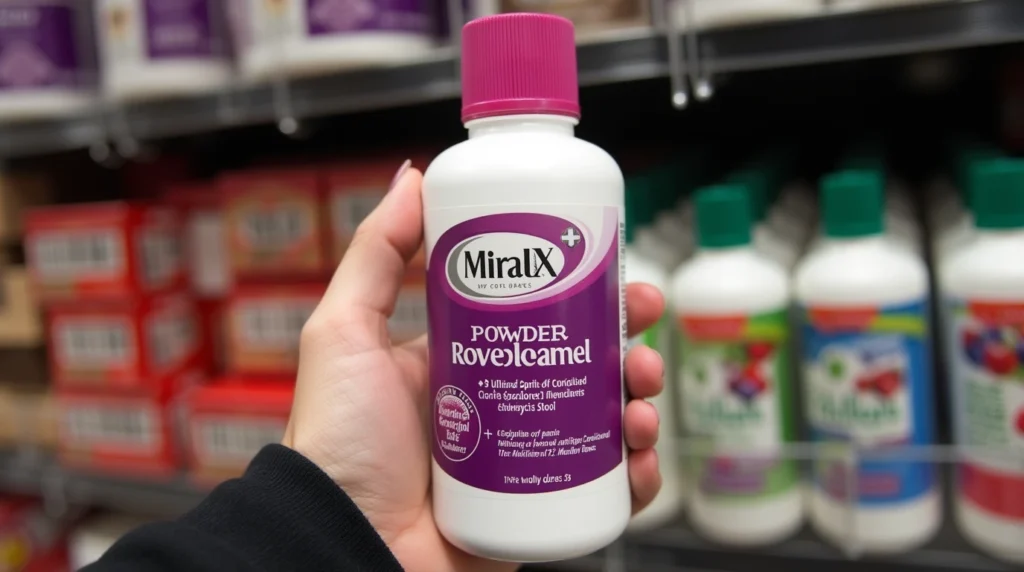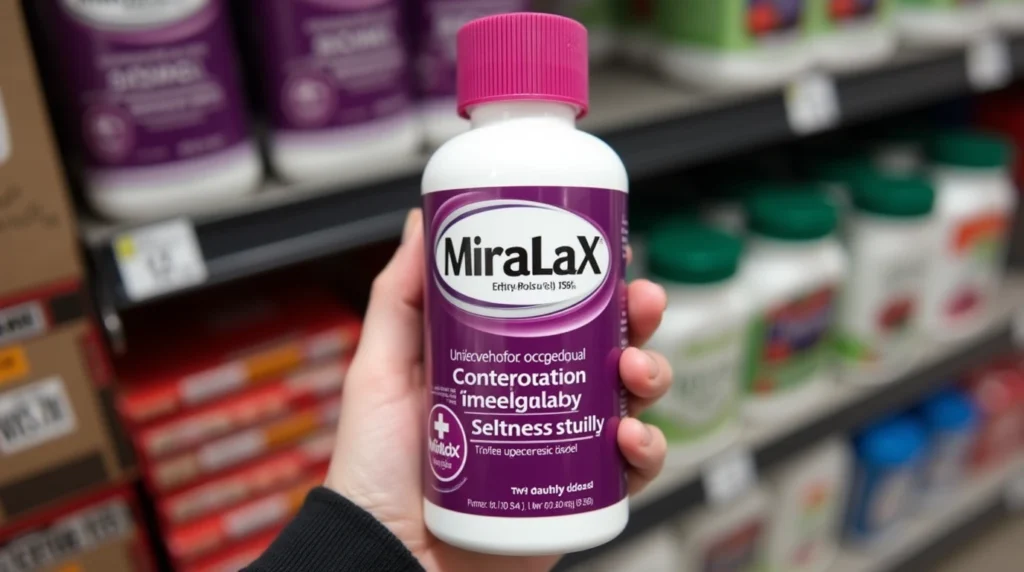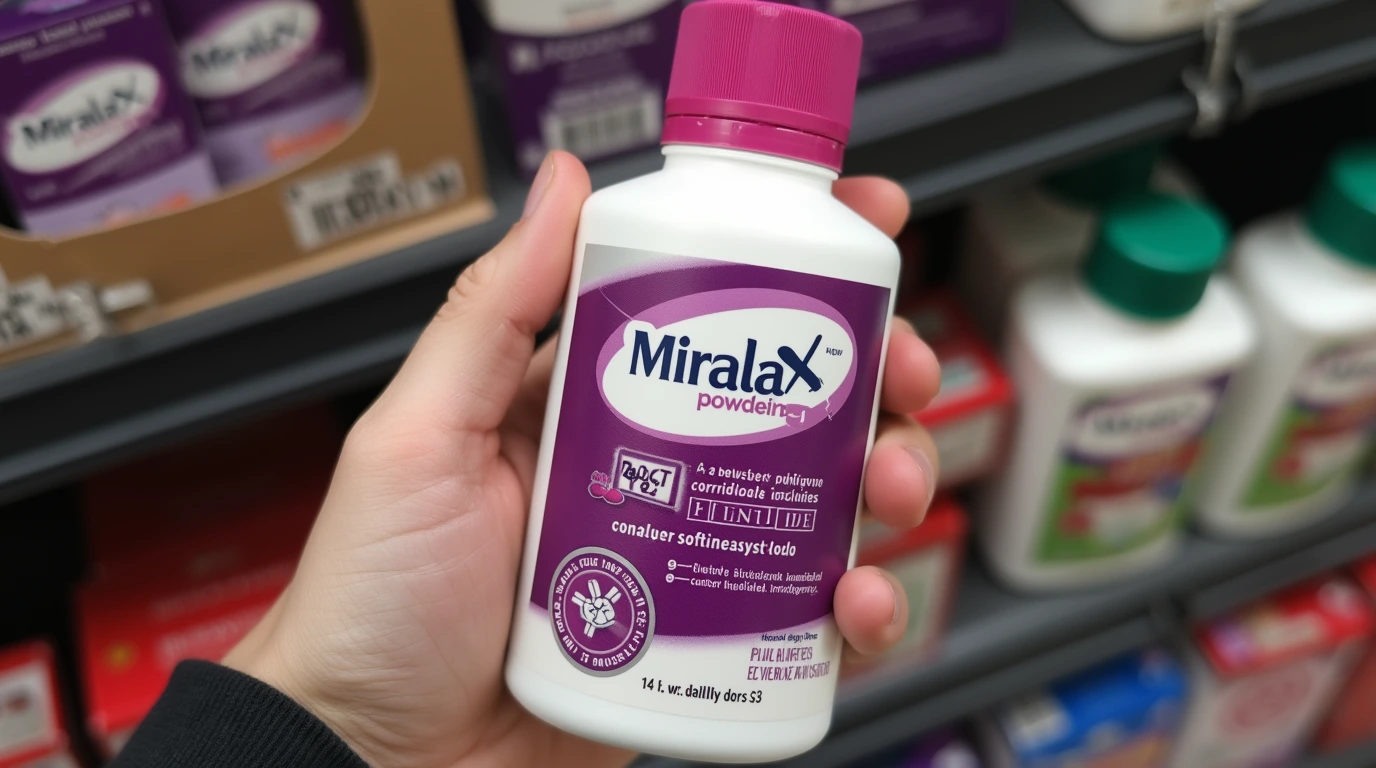Miralax Constipation can be a distressing experience for your cat—and for you as their caregiver. Watching your beloved pet struggle with digestive discomfort is heartbreaking. If you’re looking for a solution, you may have come across Miralax, a gentle and widely used remedy for constipation. But how does Miralax work for cats, and is it safe? This guide answers all your questions, providing expert tips and actionable advice to help your feline feel better fast.
Table of Contents

What Is Miralax and How Does It Work for Cats?
Understanding Miralax
Miralax, also known by its scientific name Polyethylene Glycol 3350, is an over-the-counter laxative designed to ease constipation in humans. Its mechanism of action is simple but effective—it pulls water into the colon, softening the stool and promoting bowel movements. While it’s not specifically formulated for pets, veterinarians often recommend Miralax for cats with mild to moderate constipation due to its safety and effectiveness.
Why Use Miralax for Cats?
Constipation in cats is more common than you might think. It can result from various factors, such as dehydration, a lack of fiber, or even stress. Cats with constipation may exhibit symptoms like:
- Straining or crying in the litter box.
- Hard, dry stools.
- Decreased appetite or energy levels.
Miralax provides a gentle way to ease these symptoms, making your cat more comfortable without invasive treatments.
How to Administer Miralax for Cats Safely

Dosage Guidelines
Step-by-Step Administration
- Prepare Wet Food: Mix the recommended dosage of Miralax into your cat’s favorite wet food.
- Ensure Hydration: Provide plenty of fresh water to prevent dehydration, as Miralax works best when your cat is well-hydrated.
- Monitor Results: Keep an eye on your cat’s litter box habits and overall behavior.
Signs of Success
You’ll know Miralax is working when your cat produces softer, more regular stools and shows no signs of discomfort. However, if your cat experiences diarrhea, lethargy, or other adverse effects, discontinue use and consult your vet immediately.
Pros and Cons of Using Miralax for Cats
Pros
- Affordable: Miralax is cost-effective and widely available.
- Ease of Use: Mixing it with wet food ensures your cat consumes it without fuss.
- Gentle and Effective: Suitable for cats with mild to moderate constipation.
Cons
- Temporary Solution: It addresses symptoms but doesn’t treat underlying causes.
- Requires Hydration: Dehydration can worsen constipation if water intake isn’t maintained.
- Possible Side Effects: Overdose or prolonged use can lead to diarrhea or electrolyte imbalances.
Alternatives to Miralax for Cats

If you’re hesitant to use Miralax or want additional options, consider these alternatives:
Natural Remedies
- Pumpkin Puree: A spoonful of plain, unsweetened pumpkin is rich in fiber and can help regulate your cat’s digestion.
- Olive Oil: A small amount added to food can lubricate the digestive tract.
- Increased Hydration: Encourage your cat to drink more water by using a pet fountain or adding water to their wet food.
Veterinary Treatments
- Prescription Laxatives: These are specifically formulated for pets and may be safer for long-term use.
- Dietary Adjustments: High-fiber cat foods can prevent constipation from recurring.
When Not to Use Miralax for Cats
While generally safe, avoid Miralax in the following cases:
- Severe Blockages: If your cat hasn’t passed stool for more than 48 hours or shows signs of pain, vomiting, or lethargy, seek immediate veterinary attention.
- Chronic Conditions: Cats with chronic kidney disease or electrolyte imbalances may not tolerate Miralax well.
- Pregnant or Nursing Cats: Consult a vet before administering any medication to pregnant or nursing felines.
Tips for Effective Miralax Use
- Consistency is Key: Administer the dose at the same time daily to establish a routine.
- Monitor Water Intake: Cats often don’t drink enough water. Adding water to their food or investing in a pet water fountain can ensure hydration.
- Gradual Changes: If switching to a high-fiber diet, do so gradually to prevent additional digestive upset.
When Should You Use Miralax for Your Cat?
Miralax can be a helpful solution in certain situations:
- Post-Surgery: Cats recovering from surgery, particularly abdominal or orthopedic procedures, may experience temporary constipation.
- Stress-Induced Constipation: Travel, environmental changes, or the introduction of new pets can lead to stress, affecting your cat’s digestion.
- Aging Cats: Older cats are more prone to constipation due to reduced mobility or age-related digestive changes.
How Long Should Miralax Be Used for Cats?
Miralax is generally intended for short-term use to relieve occasional constipation. Prolonged use may lead to dependency or affect your cat’s natural bowel movements. A typical treatment duration is around 3 to 5 days, but always check with your vet to ensure it’s safe for your cat’s condition. If your cat requires longer-term constipation relief, your vet may recommend additional dietary changes or a different treatment plan.
FAQs About Miralax for Cats
Is Miralax safe for all cats?
Miralax is generally safe for healthy adult cats. However, it’s essential to consult your veterinarian if your cat is very young, elderly, or has underlying health conditions like kidney disease.
Can I use Miralax without a prescription?
Yes, Miralax is available over the counter. However, proper dosage and guidance from a vet are critical to avoid complications.
What should I do if Miralax doesn’t work?
If your cat’s constipation persists after 48 hours of Miralax use, contact your vet immediately. Chronic constipation may indicate a more serious issue like megacolon or a blockage.
Are there side effects of using Miralax?
Side effects are rare but can include diarrhea, dehydration, or changes in electrolyte balance. These symptoms typically occur with overuse or incorrect dosing.
: What Causes Constipation in Cats?
Understanding the root cause of your cat’s constipation is essential for long-term solutions:
- Dehydration: A leading cause, especially in cats fed primarily dry food.
- Low Fiber Diet: Cats on low-quality or protein-heavy diets may lack essential fiber.
- Obesity: Excess weight can slow down bowel movements.
- Litter Box Avoidance: Cats may hold in their stool if they dislike the cleanliness, location, or type of their litter box.
Potential Side Effects of Miralax in Cats
While side effects are rare, watch for:
- Diarrhea: Overuse or sensitivity to the medication.
- Behavioral Changes: Unusual lethargy or irritability may indicate discomfort.
- Loss of Appetite: A potential sign of an adverse reaction.
If any of these symptoms occur, discontinue Miralax and consult your vet promptly.
Monitoring Your Cat’s Digestive Health
Preventative care is the best approach to avoiding constipation:
- Daily Check-Ins: Observe litter box habits for consistency in stool frequency and texture.
- Routine Vet Visits: Regular check-ups can catch potential digestive issues early.
- Active Lifestyle: Encourage play and movement to support healthy digestion.

Call to Action
Your cat’s health is in your hands, and now you have the knowledge to address their constipation safely and effectively. If you found this guide helpful, visit Meow Realm for more expert tips on feline care, nutrition, and wellness. Share this article with fellow cat lovers to help them keep their furry companions healthy and happy. Together, we can ensure every cat lives their best life!
Final Thoughts
Constipation can be uncomfortable for your feline friend, but it’s often manageable with the right approach. Whether you choose Miralax or explore natural remedies, staying proactive about your cat’s digestive health makes all the difference. By following these steps and seeking veterinary advice when needed, you’re giving your cat the best care possible.
Remember: A happy, healthy cat means a happy, stress-free you!

